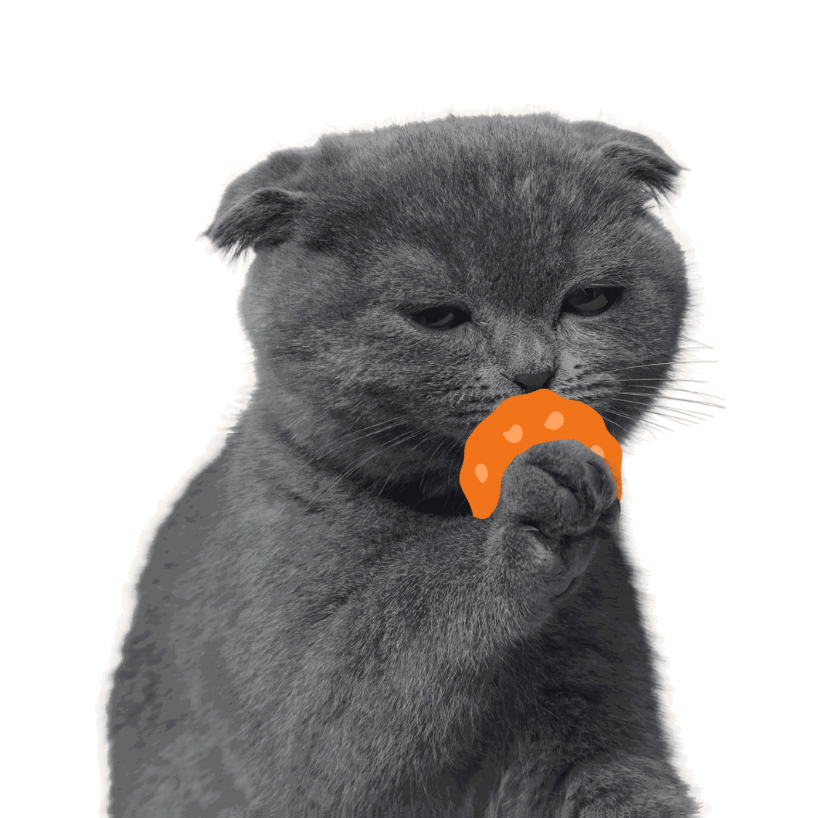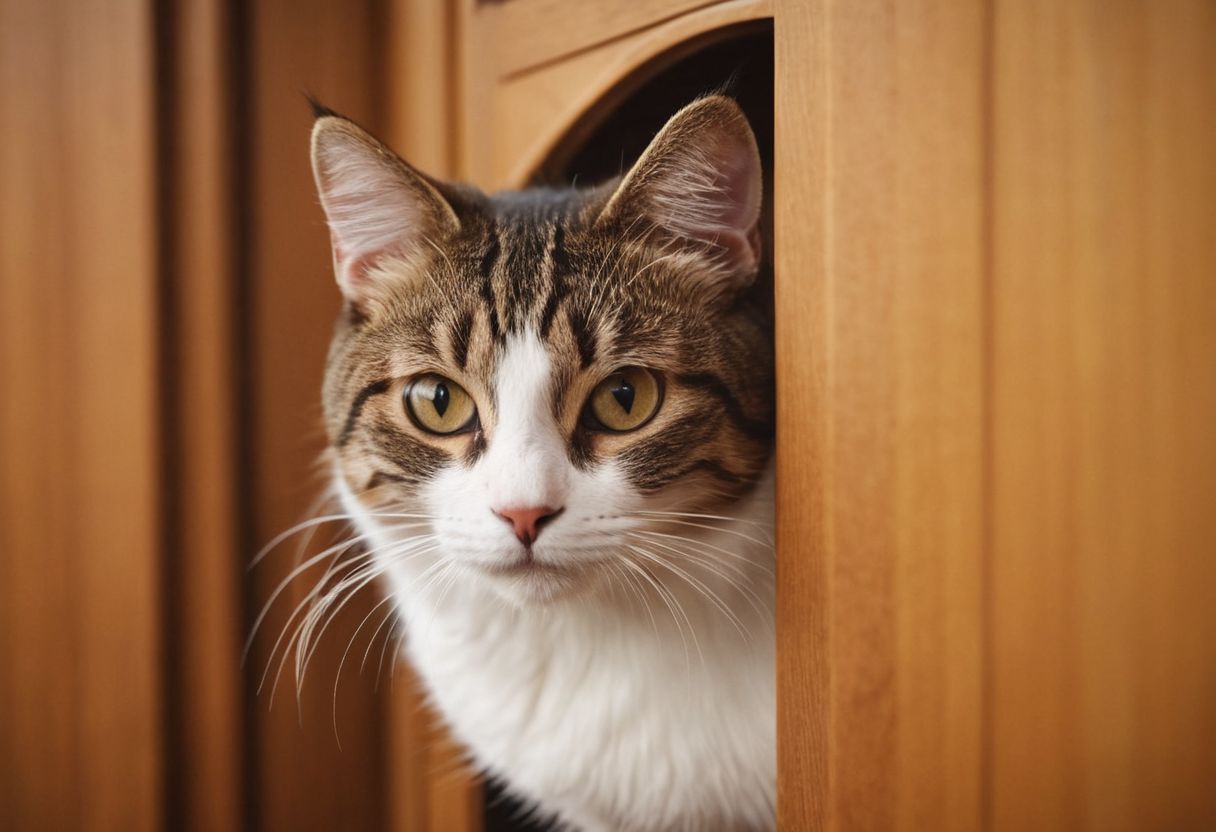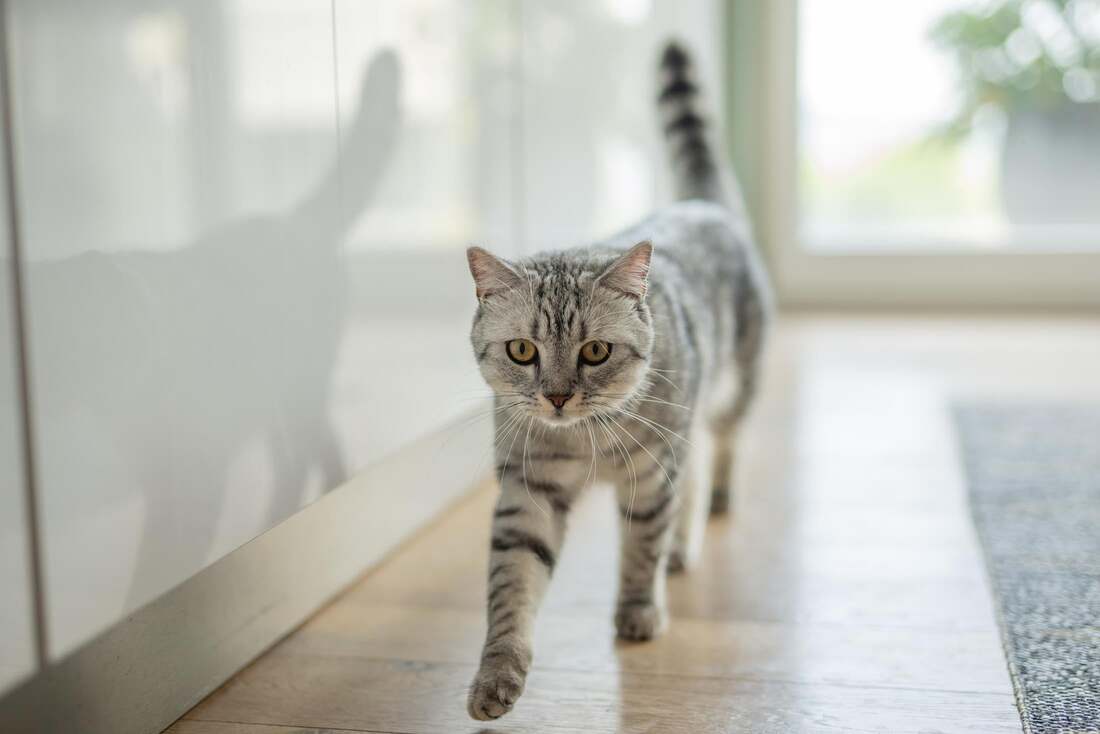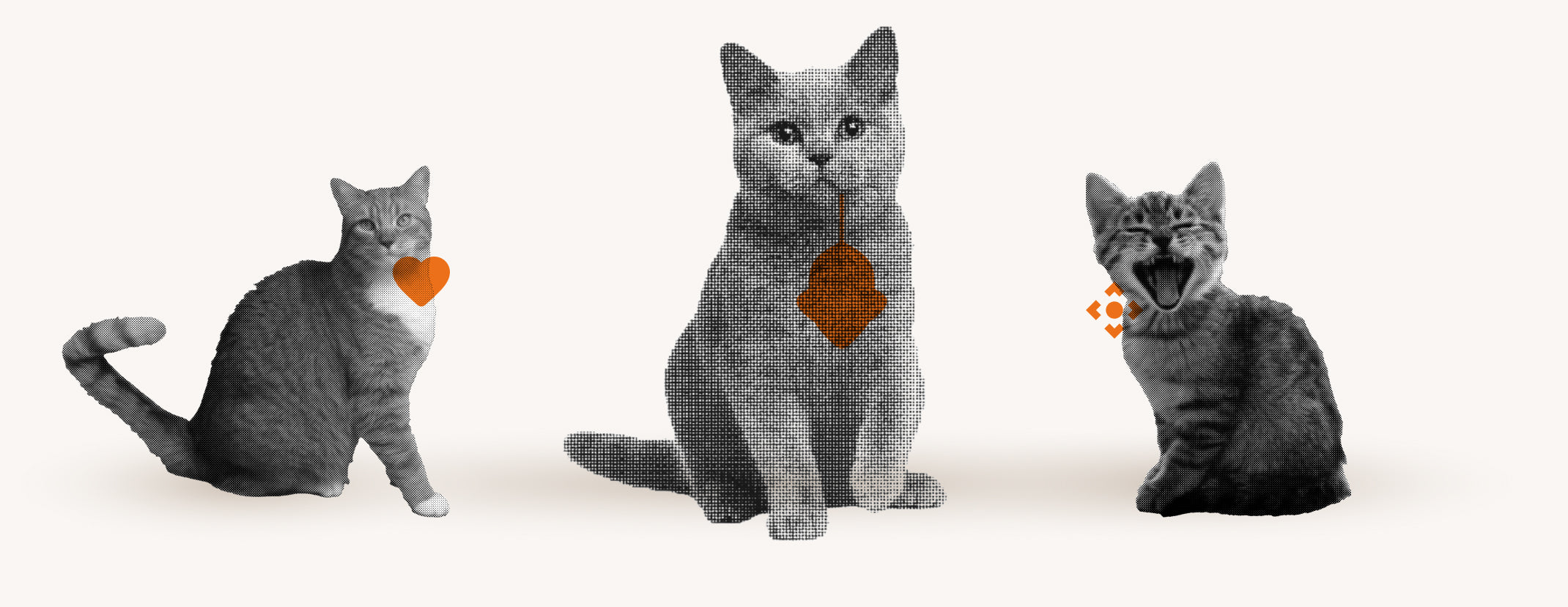Have you ever thought about giving your cat more freedom without having to constantly open the door?
Installing a cat flap in your front door can be confusing, especially if you're not sure where to start.
An optimal solution is to install the cat flap in a less frequently used door, such as a cellar door, in order to preserve the thermal insulation of your apartment.
In this article you will learn everything about the different cat flaps, practical installation tips, legal aspects and how you can even save costs.
Different types of cat flaps and their features

Cat flaps are available in a variety of styles, each with their own features and benefits. The classic free-roaming door is the simplest style and allows the cat to go in and out as it pleases. They are usually inexpensive and easy to install. Another option is the microchip cat flap , which only allows access to certain cats that have a registered microchip. This is particularly useful if you want to prevent strange cats from entering your home.
For cat owners who want additional control, there are cat flaps with an infrared sensor or magnetic collar . These models detect a special collar or sensor that the cat is wearing and only open for them. Here are some points to consider when comparing the different models:
- Access control : Do you want all cats to have access or just your own?
- Installation : Consider where you want to install the cat flap – in a door, a wall or perhaps a window?
- Cost : Set a budget as prices can vary depending on functionality and brand.
Installing a cat flap: instructions and tips

Installing a cat flap in an apartment door is not as complicated as it may seem. First, you need to determine the correct position for the cat flap. This is important so that your cat can go in and out comfortably. The ideal height is usually between 10 and 15 cm above the floor.
Once you have determined the installation location, it's time to mark and cut out the opening. You should follow these steps:
- Use a template or ruler to mark the opening precisely.
- Pre-drill holes at the corners of the marked opening to make sawing easier.
- Carefully saw along the marked lines and then smooth the edges with sandpaper.
Finally, install the cat flap according to the instructions included with the product. Make sure that the flap is level and firmly attached to the door. A seal can also help prevent drafts and improve energy efficiency. Finally, check that the cat flap opens and closes easily and that it works smoothly.
The optimal placement of a cat flap in the apartment door

The optimal placement of a cat flap in the front door is crucial for your cat's comfort. The ideal position is one that allows your cat to enter and exit easily and safely . The height of the cat flap should be about the same as your cat's stomach, usually between 10 and 15 cm from the floor. This makes it easier to pass through and prevents your cat from having to jump or bend down.
When placing the cat flap, you should also consider the interior and exterior areas of your home. Make sure that the cat flap does not lead directly onto a busy road or other dangerous location. It is also important that there is enough space inside for your cat to comfortably go through the flap. Here are some points to consider:
- Environmental safety : No sources of danger near the cat flap.
- Convenient access : Free space on both sides of the cat flap.
- Privacy : Avoid public areas to keep your cat safe.
Cat flap in a rented apartment: Legal aspects
If you want to install a cat flap in your rented property, it is important to consider the legal aspects. In most cases, installing a cat flap is considered a structural alteration for which you need your landlord's consent. Without this permission, you could risk legal problems that could even lead to termination. Therefore, it is crucial to speak to your landlord beforehand and obtain their consent.
To get your landlord's approval, you should be well prepared. Here are a few points you can address:
- Explain the benefits : Show how a cat flap increases comfort for you and your cat without damaging your home.
- Offer to cover the costs : Agree to cover all costs for installation and any subsequent removal that may be necessary.
- Written agreement : Suggest having a written agreement that spells out all the details and conditions. This will protect both you and the landlord from any misunderstandings later.
Burglary protection and security for cat flaps

One of the biggest concerns when installing a cat flap is the security risk. Burglars could use it as an entry point. To minimise the risk, there are several measures you can take:
- Install the cat flap at a sufficient distance from door and window handles to prevent burglars from using it as leverage.
- Choose a cat flap with an electronic security system that only allows your cat access and thus excludes strangers and people.
In addition to electronic security systems, you can install mechanical locks to further increase protection. Here are some effective options:
- Use sturdy materials for the cat flap that cannot be easily broken into.
- Install additional latches or locks that are not accessible from the outside to prevent forced opening.
These measures will help you keep your home safe while your cat continues to enjoy the freedom to come and go on its own.
Cost overview for the installation of a cat flap
When installing a cat flap in your apartment door, there are various costs that you should take into account. The costs vary depending on the material of the door in which the flap is installed and the model of the cat flap. For example, the material for a simple flap in a wooden door costs around 120 euros, while a flap with a microchip for a glass door can cost up to 180 euros. In addition, there are labor costs , which can vary depending on the effort involved and the tradesman.
To save costs, there are a few tips you can follow. Firstly, compare prices and offers from different tradesmen or online shops. Secondly, consider the possibility of choosing a simpler cat flap if safety requirements allow it. Thirdly, consider whether you can do the installation yourself, especially if it is a simple installation. These measures can help you reduce the overall cost of installing a cat flap.
Discover the benefits of the Flappie cat flap
The Flappie cat flap offers you and your cat unique advantages that make everyday life much easier. With selective access control and prey detection by AI-supported camera, your home stays clean and free of unwanted guests. Here are some of the things that make Flappie so special:
- Selective access control keeps your home clean and free of prey.
- Prey detection through AI-supported camera that detects unwanted guests.
The Flappie app gives you insight into your cat's life like never before. Collect unique memories of your cat, control the cat flap remotely and receive notifications directly on your smartphone. Visit https://flappie.ch now to learn more about the Flappie cat flap and to purchase it directly. Experience how technology can improve living with your cat.
Frequently Asked Questions
Can landlords prohibit cat flaps?
Yes, the landlord can prohibit the installation of a cat flap. Installing a cat flap in a rented property is often considered a structural change for which you need your landlord's consent. Without this permission, you could risk legal problems that could even lead to termination. It is therefore important to speak to your landlord in advance and obtain their consent.
How burglar-proof is a cat flap?
To minimize the risk of burglary, there are cat flaps with various security features. You can choose a cat flap with an electronic security system that only allows your cat access and excludes strangers and people. In addition, you can install mechanical security such as additional latches or locks that are not accessible from the outside. These measures help keep your home safe while your cat enjoys the freedom to go in and out independently.
Where is the best place to install a cat flap?
The optimal placement of a cat flap in the front door is crucial for your cat's comfort. The ideal position is one that allows your cat to go in and out easily and safely. The height of the cat flap should be about the same as your cat's stomach, usually between 10 and 15 cm from the floor. Make sure that the cat flap does not lead directly onto a busy road or other dangerous location and that there is enough space inside for your cat to go through the flap comfortably.
How much does a door with a cat flap cost?
The cost of installing a cat flap varies depending on the material of the door and the model of the cat flap. For example, the material for a simple flap in a wooden door costs around 120 euros, while a flap with a microchip for a glass door can cost up to 180 euros. In addition, there are labor costs, which can vary depending on the effort involved and the tradesman. To save costs, you can compare prices or consider installing it yourself.





Share:
Everything about installing a cat flap in a wooden door
Room Door Cat Flap: A Comprehensive Guide